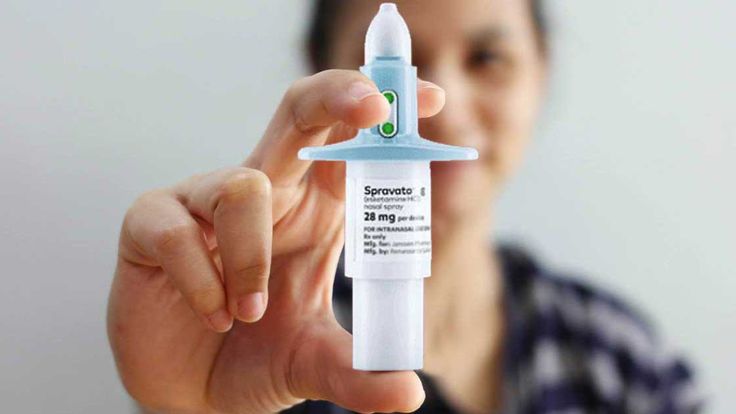introduction
Ozempic, a GLP-1 receptor agonist primarily prescribed for type 2 diabetes, has surged in popularity due to its off-label use for weight loss. As demand grows, so do questions around insurance coverage. Patients are asking: will my plan pay for Ozempic? This guide unpacks everything you need to know, from insurance formularies to Medicare rules and Medicaid disparities.
For more common healthcare questions, check out our related article: Can my GP weigh my baby and other common health visitor questions answered.
Understanding Ozempic
What is Ozempic?
Ozempic is becoming a popular choice among patients seeking effective diabetes management and weight loss solutions.
Ozempic (semaglutide) is a prescription medication approved by the FDA for managing type 2 diabetes. It belongs to a class of drugs called GLP-1 receptor agonists, which help regulate blood sugar and support weight management.
FDA Approvals and Indications
While Ozempic is not FDA-approved for weight loss, its close relative, Wegovy (also semaglutide), is. This off-label usage raises complications in insurance coverage, which typically hinges on FDA-approved indications.
Differences Between Ozempic and Wegovy
Both contain semaglutide, but at different dosages and with distinct branding. Wegovy is tailored for chronic weight management; Ozempic targets blood sugar control. This distinction affects how insurers view coverage.
Insurance Coverage Basics
How Insurance Formularies Work
Formularies are lists of covered drugs, often structured in tiers. GLP-1 medications like Ozempic may be placed in higher tiers, requiring more out-of-pocket spending. Inclusion varies by insurer and plan.
Role of Prior Authorizations
To control costs, insurers often require prior authorization for high-cost drugs like Ozempic. Patients must prove medical necessity, often supported by a provider’s documentation.
Differences Between Medicare, Medicaid, and Private Insurance
- Private Insurance: Coverage depends on employer plans or ACA policies. Some cover Ozempic for diabetes, fewer for weight loss.
- Medicare: Part D may cover Ozempic for diabetes but rarely for weight loss.
- Medicaid: Varies by state. Some states offer broader access, others impose tight restrictions.
Ozempic Coverage by Insurance Type

Private Insurance Plans
Most private insurers will cover Ozempic if prescribed for type 2 diabetes. Off-label use for weight loss is less likely to be covered, but appeals and medical documentation can sometimes sway decisions.
Medicare Policies on Ozempic
Medicare Part D may include Ozempic on formularies, especially for diabetes patients. However, coverage for weight loss remains unlikely due to federal guidelines against funding weight loss treatments.
Medicaid Coverage Variations by State
State-specific Medicaid plans show significant variability. Some, like California and New York, are more lenient, while others demand extensive prior authorization or deny off-label use outright. Websites like Drugs.com and Wikipedia offer general information, but local Medicaid sites give specific guidance.
Challenges in Obtaining Coverage
Off-Label Use and Its Implications
Insurers are less likely to cover drugs prescribed for non-FDA-approved uses. This presents challenges for patients seeking Ozempic solely for weight loss.
Prior Authorization Hurdles
These often require a detailed medical history, BMI documentation, and records of previous weight loss attempts. Delays and denials are common.
Cost Considerations Without Insurance
Without coverage, Ozempic can cost over $900 per month. Patients often look for manufacturer coupons or explore telehealth platforms like Form Health for potential savings.
Alternative Medications
Overview of Wegovy, Mounjaro, and Saxenda
- Wegovy: FDA-approved for weight loss.
- Mounjaro: A newer GLP-1/GIP receptor agonist showing promise.
- Saxenda: Liraglutide-based and approved for obesity.
Comparative Effectiveness and Coverage
Wegovy has better insurance coverage for weight loss due to FDA approval. Mounjaro and Saxenda are more hit-or-miss depending on insurer and indication.
Navigating the Insurance Process
Steps to Check if Ozempic is Covered
- Review your insurance plan’s formulary.
- Speak to your doctor about diagnosis coding.
- Contact your insurer directly.
- Submit a prior authorization if required.
Working With Healthcare Providers
Doctors play a key role in navigating insurance. Ensure they document all medical necessities and submit complete records.
Utilizing Manufacturer Assistance Programs
Novo Nordisk offers a savings card for eligible patients. Assistance may be limited for those using the drug off-label.
Equity and Access Issues
Racial and Socioeconomic Disparities in Treatment Access
Studies show minority and low-income populations have reduced access to GLP-1 drugs due to systemic inequities and limited coverage by Medicaid in many states.
Impact of Insurance Policies on Different Populations
Policies that limit off-label use disproportionately affect those seeking weight management support but lacking the resources for alternative treatments.
Safety and Regulatory Concerns
Risks Associated With Compounded Semaglutide
Due to high costs, some turn to compounded versions. These are not FDA-approved and may pose safety risks. The FDA has issued warnings about unregulated compounded semaglutide.
FDA Warnings and Guidelines
Only FDA-approved versions should be used. Off-label compounded alternatives are neither tested nor regulated, raising serious health concerns.
Conclusion
Summary of Key Points
- Ozempic is covered by many insurers for type 2 diabetes, but coverage for weight loss is limited.
- Private insurance, Medicare, and Medicaid vary widely in policies.
- Prior authorizations and off-label use present significant hurdles.
- Alternatives like Wegovy may offer better coverage for weight loss.
- Manufacturer programs and telehealth can help reduce costs.
Recommendations for Patients Seeking Coverage
- Check your plan’s formulary and call your insurer.
- Discuss the best diagnostic route with your provider.
- Consider FDA-approved weight loss drugs like Wegovy.
- Use patient assistance programs and explore telehealth.
For more real-world guidance, explore resources like Forbes Health, Snapspeak, and official state Medicaid websites.



